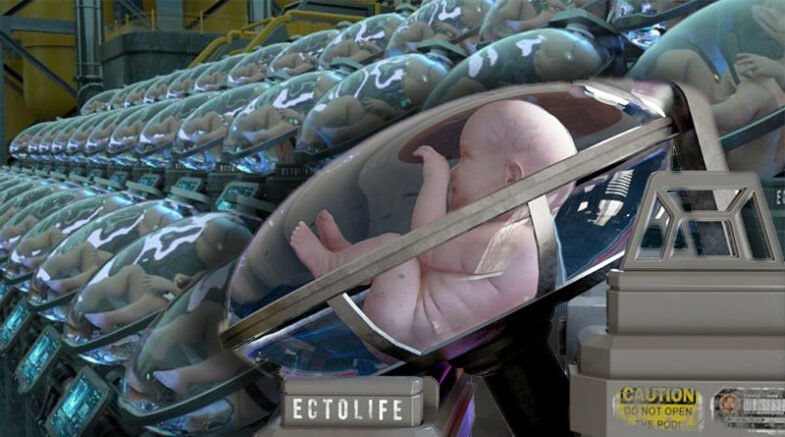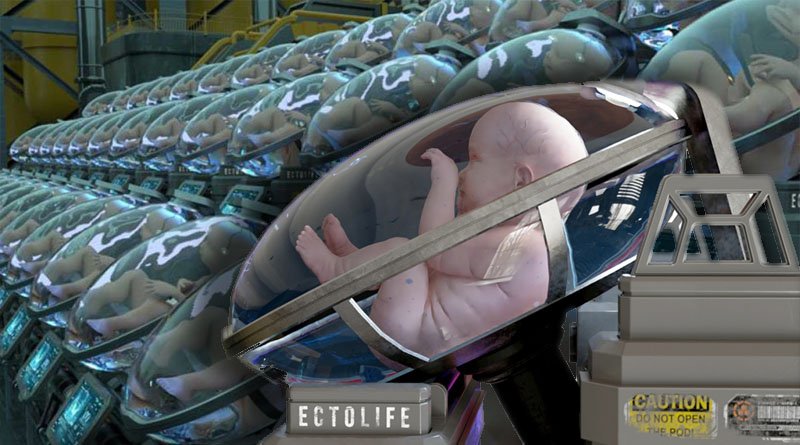We are living in an age of technological marvels. But one thing that has been particularly fascinating is the development of artificial wombs for babies.

In the last decade, technology has advanced at an incredible rate. From smartphones to driverless cars, we are living in an age of technological marvels. But one thing that has been particularly fascinating is the development of artificial wombs for babies.
EctoLife, the brainchild of Hashem Al-Ghaili, a biotechnologist, will help infertile parents conceive babies and become true biological parents. Hashem Al-Ghaili’s “EctoLife” can make about 30,000 babies a year thanks to 50 years of extensive and ground-breaking scientific research. This technology is still in its early stages, but it has the potential to change the way we think about pregnancy and childbirth. Parents will be able to choose their baby’s physical traits and even its gender. In this article, we’ll talk about what this technology could mean for society and whether this ethical minefield should be looked into further.
Development of artificial wombs
Artificial wombs are a new technology that allows parents to customize their baby’s characteristics before they are born. This includes things like the baby’s sex, eye color, and hair color. Artificial wombs are still in the early stages of development, but they have the potential to revolutionize parenting.
Artificial wombs are still being made, but the basic idea is to create the same conditions outside the body as in the womb. This would allow for gestation to occur without the need for a female body, and could potentially be used to gestate embryos created through IVF or other methods.
Artificial wombs face a number of problems, such as making sure the environment is safe and sterile, giving the developing embryo food and oxygen, and making sure the embryo grows normally. However, if these challenges can be overcome, artificial wombs could provide a safe and efficient way to gestate embryos.
Benefits of using artificial wombs
There are many good things about using artificial wombs, like being able to make your baby look the way you want. With an artificial womb, you can choose the sex of your child, as well as their eye and hair color. You can also select the perfect time to have your baby, ensuring that they are born when you are ready.
Artificial wombs also allow for a safer pregnancy. There is no risk of miscarriage or premature labor, and the baby is always closely monitored. This means that there are fewer health risks for both mother and child.
Overall, using an artificial womb gives you more control over your pregnancy and the outcome of your child. If you are looking for a way to ensure a healthy pregnancy and a beautiful baby, then artificial wombs could be the perfect solution for you.
Drawbacks of artificial wombs
There are a few things that could go wrong with artificial wombs that you should think about before deciding to use one.
- Firstly, there is the cost. Artificial wombs are not yet commercially available, and so the cost of renting or purchasing one could be prohibitive.
- Additionally, there is the risk that something could go wrong during the incubation process, which could lead to serious health complications for the child or even death.
- Thirdly, there is whether children who are born via artificial womb will be as well-adjusted as those who are born naturally. Some experts believe that they may have difficulty bonding with their parents and others around them due to the lack of physical contact during their development
Ethical debate surrounding artificial wombs
There has been a debate about whether or not artificial wombs are moral for a long time. Some people believe that artificial wombs are a violation of human rights, as they allow for the creation of life without the consent of the person or people who will be raising the child. Others believe that artificial wombs are a necessary tool in order to prevent overpopulation and give parents more control over the genes of their offspring. There is no right or wrong answer to this debate, as it is a matter of personal opinion.
Conclusion
Artificial wombs are an exciting new technology that could revolutionize the way babies are born. With its ability to tailor and optimize a baby’s development, it could help future generations grow up to be healthier and stronger. But when talking about artificial wombs, there are ethical things to think about, just like when talking about any new technology. It is important for us to continue having open conversations about these topics so that we can find ways to make sure this technology is used responsibly and ethically.
